"Teleconverters Don't Work"
Let's Make Them WorkI was with a 6 year-old boy in a fishing tackle shop. It was all a mystery to me, but he knew what he wanted; some sort of brilliantly coloured, wiggly, jelly-like lure that looked like a critter from Dagobah.
As we got back into the car he was writhing with all the excitement that only a young boy could have over a new toy or, as was this case, a new fishing lure.
"This is so cool. If they weren't really good, they wouldn't sell them."
Ah, the innocence of youth.
I smiled sadly, washed over by his bubbling enthusiasm. It was not my place to tell him about Theranos, oxycontin & thalidomide. Let his parents and the crushing weight of reality, mixed with experience, sort out his exuberant naivety.
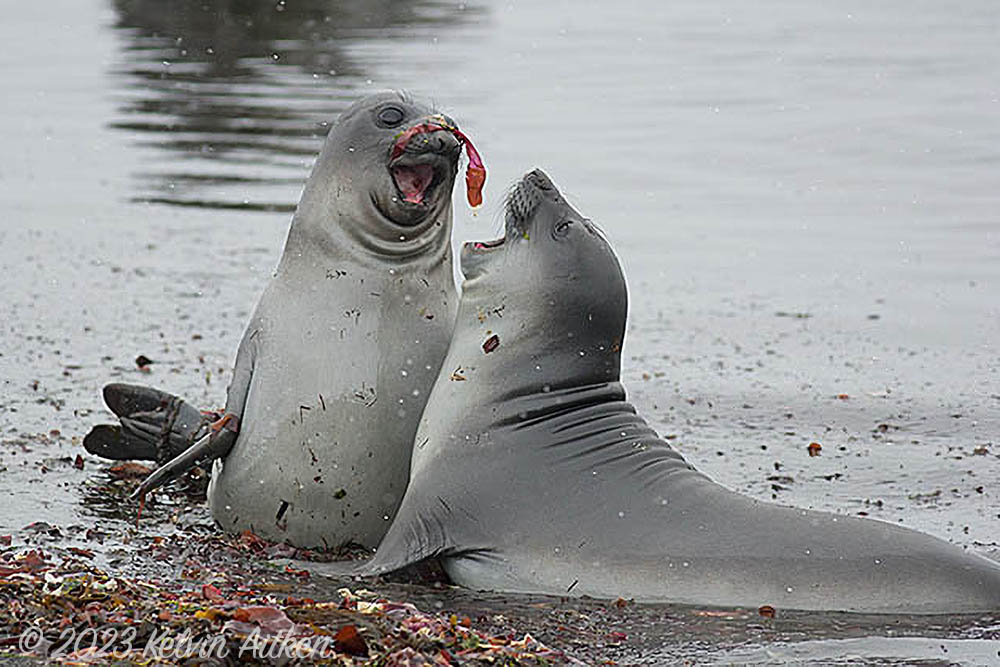
The exuberance of youth
This is where teleconverters or (for Canon users) extenders come into the subject. They seem too good to be true, and you know what they say about anything too good to be true, right?
If you poke around on the web, you will find all sorts of people weighing in on the subject. They work, they don't work, they reduce light getting to your sensor, they aren't sharp, they aren't as good as a prime, they're magic, they're junk, they're not as good as cropping your image, etc.
Opinions are all over the place.
What you won't get is the truth which is:
They work, and work exceptionally well, if you accept their quirks and limitations
First off, I'm not going to go into the physics, optical theory and general technicalities of lenses, as I assume you know what focal length, f-stop, aperture and shutter speed means when discussing lenses. I'm also going to ignore Canon's insistence on calling them extenders.
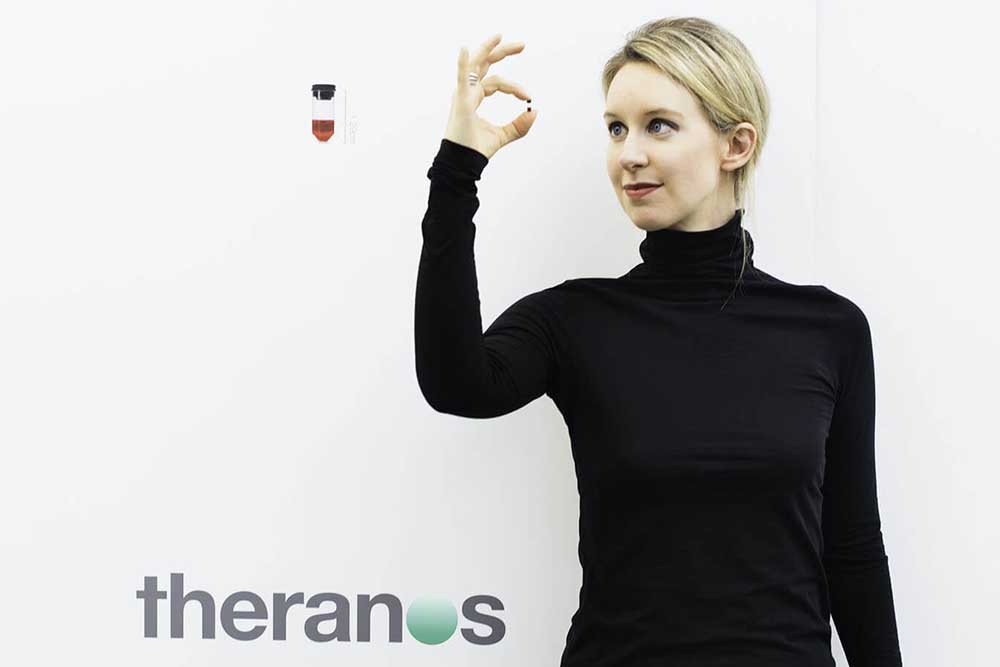
Trust me. I'm, like, a very smart person
Simply put, a teleconverter changes the focal length, increasing it by a factor depending on the particular teleconverter that you're using. Usually they're 1.4x and 2x, although there are others. For our discussion, for the purpose of clarity, let's assume we're using a 2x teleconverter.
This focal length change has ramifications for our exposure. In short, a teleconverter, by it's very nature, changes the relationship between the diameter of any aperture and the focal length of the lens. That means that, without changing the aperture physically, the f-stop changes.
Why? Because an f-stop is not a measurement of the aperture's diameter. An f-stop is a number describing how many times the diameter of the aperture divides into the focal length of the lens.
For example, take a 400mm f4 lens. The aperture's diameter divides 4 times into the focal length (I've chosen those numbers just to make it easy for us). That means the physical diameter of the aperture is 100mm, a nice round number. The calculation looks like this:
400/4=100, or in a more descriptive form, 400mm/f4=an aperture of 100mm diameter.
When we put on our teleconverter, the aperture remains 100mm in diameter, but the focal length has now changed so our f-stop also changes, like so:
800/100=8, or in a more descriptive form, 400mm x2 (the teleconverter)=800mm. 800mm divided by the aperture's 100mm diameter=8, or in short form, 800/100=f8.
So, without changing the physical aperture, adding a teleconverter changes the f-stop by 2 stops.
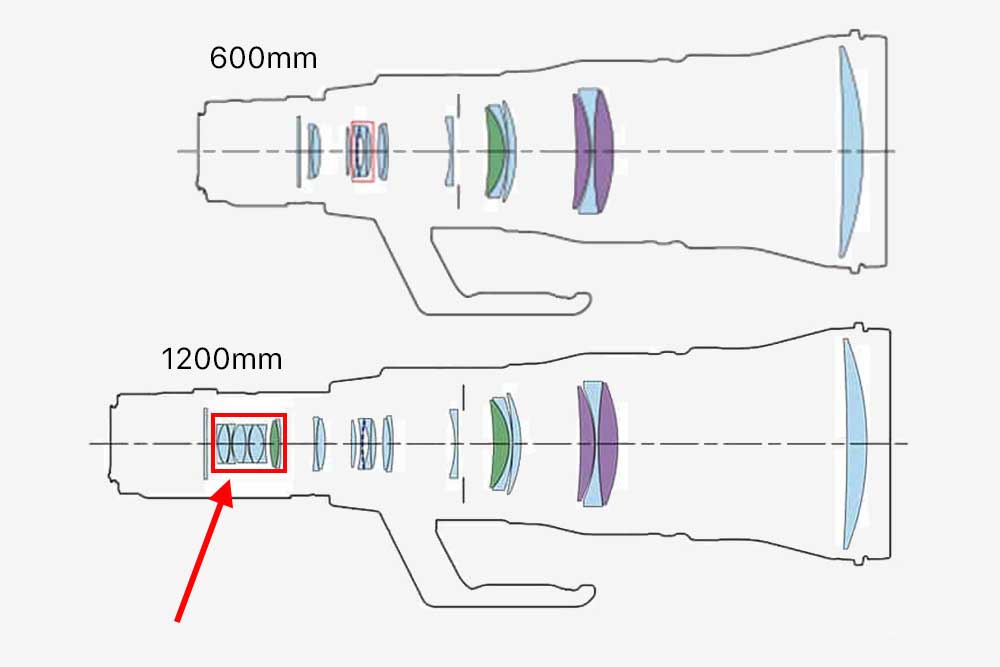
They just dropped in a 2x, so telconverters do work
Using the tried and tested rule of thumb that your minimum shutter speed should be about the same as the focal length of the lens you're using, the change in focal length dictates that our shutter speed should also change by a factor of 2x.
Therefore, with our new 800mm focal length, the minimum shutter speed should change from 1/400 (for a 400mm lens) to 1/800 (for an 800mm lens). In practice that would usually be 1/500 moving up to 1/1000.
The problem with that, at least to the first time teleconverter user, is that suddenly your ISO jumps up alarmingly.
For example, take our 400mm lens set to f4 with an exposure of 1/500 at ISO 200. Put on a teleconverter and all sorts of alarming things happen:
400mm f4 @ 1/500 ISO 200
800mm f8 @ 1/500 ISO 800
Now we need to up our shutter speed to match the new focal length so we get:
800mm f8 @ 1/1000 ISO 1600
Add to this the fact that we may be shooting a fast moving subject where the shutter speed would normally be double that or even more, such as a small fidgety bird in flight:
800mm f8 @ 1/4000 ISO 6400
Of course, for someone new to the game who thinks everything should be shot at ISO 100-400, this is rather alarming. So they respond by dropping the shutter speed. That results in motion blur in the image, even if only slightly, which means the final image is not as sharp, in comparison to our 400mm exposure which, in turn, has the photographer jumping onto YouTube, or some other social media, declaring that teleconverters aren't "sharp".
Add to the above that our image stabilising is working harder with the longer focal length, our subject is moving faster in relation to our sensor, we have more noise (if only a little), a little more weight, different lens/camera balance point and the fact that our light level cut off point is now later in the morning and earlier in the evening.
No wonder it's easy to believe that teleconverters "aren't sharp" or "don't work".
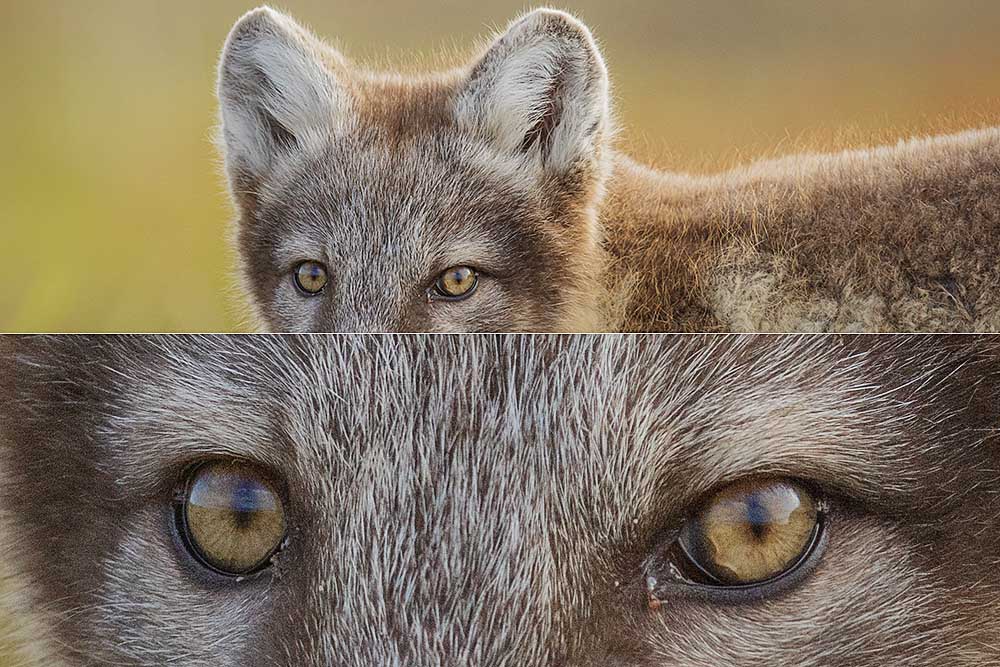
Teleconverters aren't sharp......oh wait...
There is also another factor. For pixel peekers (you know, people who squint at images on their computer enlarged to 400% to see if they are "sharp") there is always going to be a slight drop in quality.
When I say slight, the laws of physics say that adding more glass between the front element and the sensor is always going to mean a downgrade in resolution or sharpness. It can't be avoided, even with the most pristine glass.
However, if you're using a "same brand" teleconverter the change in quality in the real world is zero. Nada. Nothing. You can't tell between a print made from an image made with a teleconverter and one without. No more than you can tell what brand of lens was used to create an image.
No matter how much you pixel peek you will never, ever be able to tell if an image was shot on Nikon, Canon, Sony, Olympus, etc. Same with using a teleconverter.......IF YOU USE IT CORRECTLY.
Now, again in the real world, using a teleconverter in certain circumstances will result in what appears to be softer, less sharp images. And, what circumstance would that be? Lets look at a real life situation.
You're sitting out there in the wilderness with a wide open plain. Over the horizon, a fair way off, you see a polar bear. You take a shot with your 400mm lens but the bear only takes up about 1/4 of the frame. You want a full frame image as it's your first bear photo.
You put on your 2x converter, move the shutter speed up not just one but two stops (say, from 1/500 to 1/2000) you focus, check your exposure and fire away.
There are your full frame bear images. But when you check on the LCD screen, they really don't look sharp. In fact, they look downright fuzzy. You scan around the image and you realize that the focus is correct, the exposure is correct, there's no subject or camera movement, but it still looks like you shot it through the end of a drink bottle.
See, teleconverters just don't work.
What's happening here?
In underwater photography, unless you're shooting macro, you're always using wide lenses. My "go to" lens for underwater was 15mm or 16mm. A flexible lens that I liked was the 16-35mm, mostly used at the 16mm end.
Why?
Because water is 600x denser than air. Not only that but sea water is filled with plankton and general detritus from all the stuff that lives in the ocean. The result is a medium that restricts you to shooting within 1-5m of your subject because beyond that you get serious junk haze in the water, not to mention having all the red end of the spectrum being filtered out.
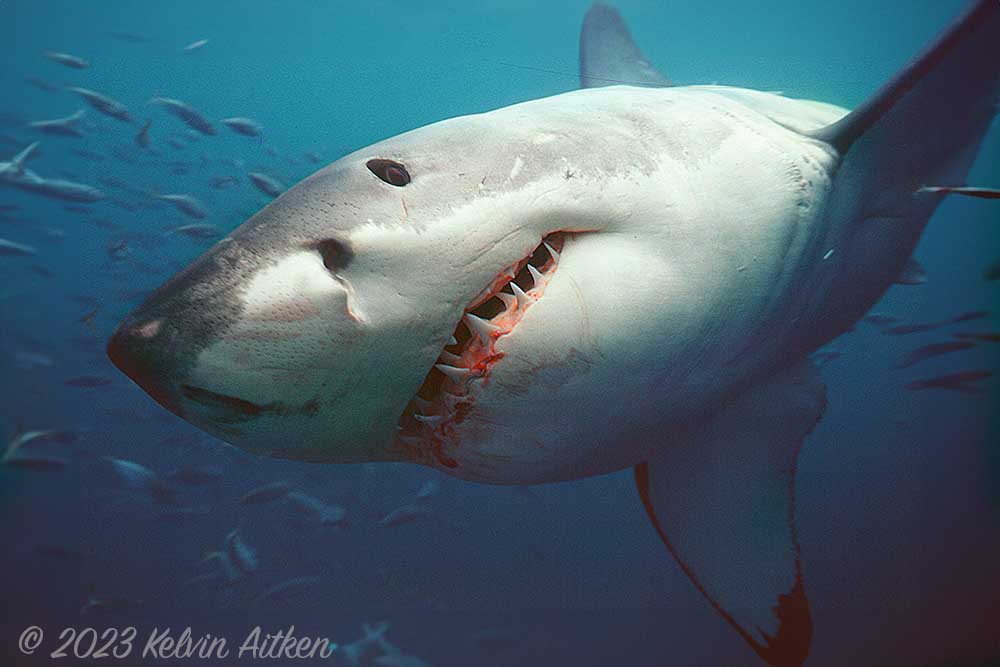
You gotta get up close and personal
With really big animals, such as whales, you need very clear water to get a decent image, around 30m visibility or much more.
For land lubbers, this restriction isn't there......unless you're shooting with a long lens.
Who hasn't looked out at the horizon on a summer's day and seen heat haze, especially when using binoculars. In fact, it's not "heat" haze, it's the visual effect when light moves through air of different densities, caused by the temperature difference between air coming off the land and mixing with the first few metres of air in the atmosphere. "Heat" haze, or "fuzzy light from air of two temperatures mixing" can, and does, occur even in -50.
The only time you have really clear air is when the air temperature is the same as the land/sea/ice temperature. With no mixing of two air densities, you have far better visibility when looking horizontally through that first few meters of air.
But even then, with a lens long enough you're going to get haze because air, like water, contains impurities such as dust, insects and smoke. It just isn't as noticeable as it is when using a shorter lens.
So what's happening with your bear shot is that the image is still "sharp" or focused, it's just been softened by the air conditions.
Use the same teleconverter setup when the bear's closer at, say, 20m away, you can count the hairs on it's snout and see the mosquitoes on its ears because you've removed all that haze from dust and heat distortion.
It's every bit as sharp as the same pic taken with the same lens without the teleconverter.
Also, if you take that "bare lens" shot and crop to imitate the area captured with the teleconverter, you have 1/2 the pixels to work with. That may be fine in practice, but if you're shooting on the bleeding edge (dusk, high shutter speed to stop subject blur, high ISO), all of those minor advantages of a "bare lens" go out the window.
So here's the important message:
You shouldn't use your teleconverter to bring distant subjects closer. You should, whenever possible, be using them on near subjects to get a tighter composition.
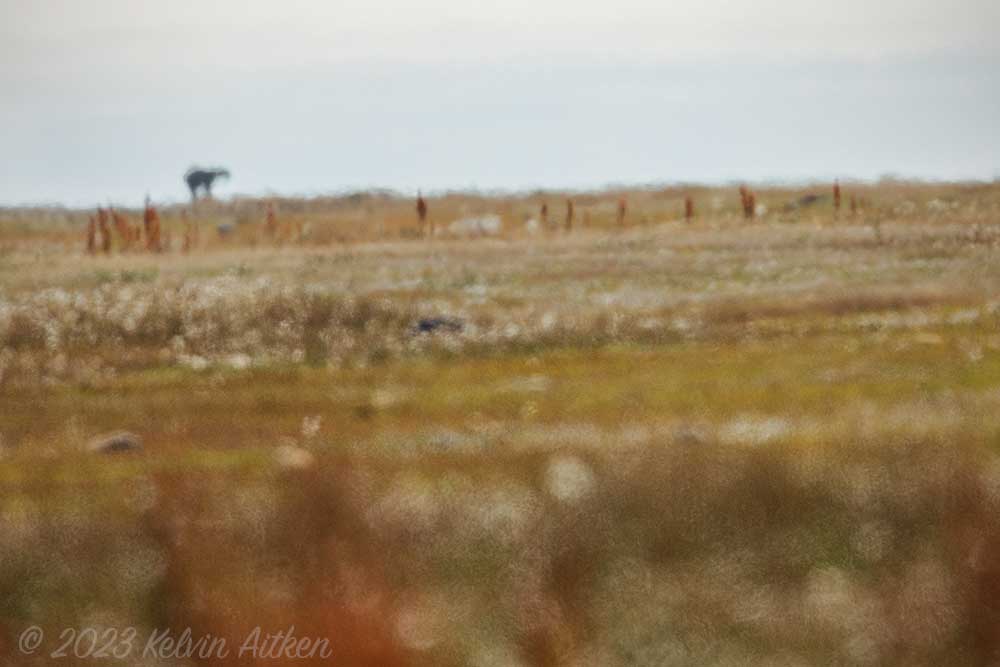
Believe it or not, the bear's in focus, but nothing's sharp
An example of how temperature, wind and angle of the sun can effect your image.
In the second image, taken 4 1/2 hours later, notice how the temperature is about the same but the sun has dropped a lot lower in the sky, therefore imparting less heat to the air at ground level, plus the breeze has kicked up to replace the warmer air with cooler air from a deep valley just 100m away.

Time: 13:18:38 (1.18pm). Temp: 29C. Wind: 5-6km/hr.
Lens: 600mm + 2x=1200mm. In focus but hopelessly fuzzy - notice the ear hairs.
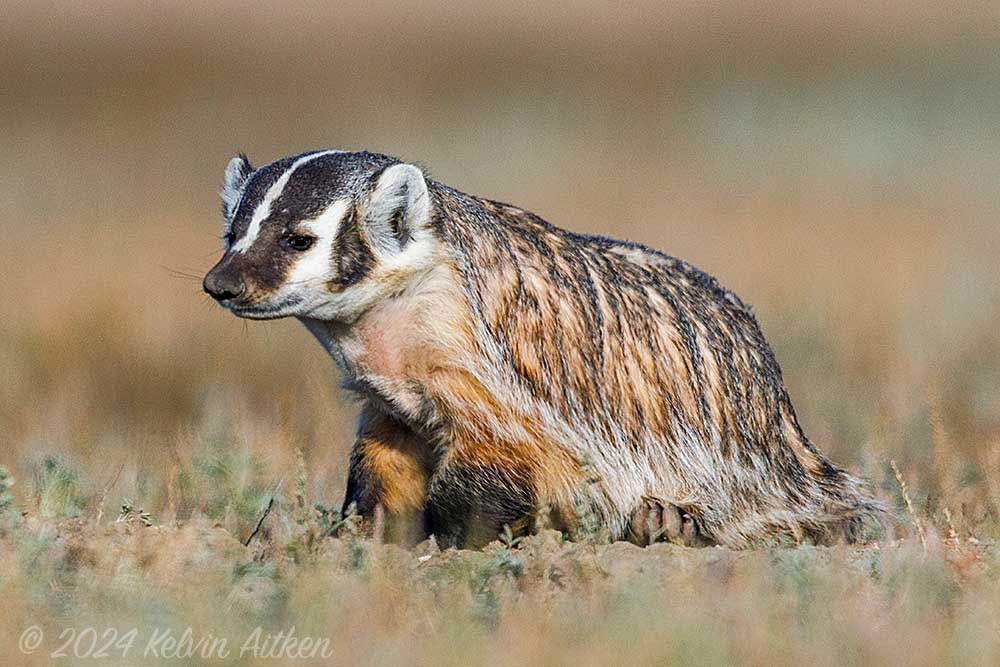
Time: 17:55:39 (5.55pm). Temp: 28.6C. Wind: 10km/hr.
Same lens combo (1200mm), same camera, shot 4 1/2 hours later from same distance & position.
Your average "influencer", thirsty for attention but too lazy to set the alarm for 3.30am, will be taking pictures in the heat of the day, so image 1 is typical for them. Therefore, "Teleconverters aren't sharp and don't work".
Wildlife photographers who know what's what, so they take into account weather conditions, will usually shoot within an hour or two around sunrise and sunset (or during the midday hours if the air and ground/snow/ice is the same temperature as the air, such as on overcast days and/or with a cool breeze) get results like image #2. "Teleconverters do work....if you know what you're doing".
Now, back in the real world you can see how a teleconverter can be considered by some to be less sharp, difficult to use, lower quality and forcing you to use higher ISO.
But, in the real world, when used correctly they're just as sharp as the lens without the teleconverter, they allow you to get detail of your subject while still giving you all the advantages of cropping later and/or cropping less than the non converted lens. They also save you from forking out another $20k for a longer lens.
Also, consider this: if you sell a kidney and buy a 600mm f4 lens plus 1.4x and 2x teleconverters, you get three prime lens focal lengths for your financial investment: 600mm f4, 840mm f5.6 and a 1200mm f8. Those maximum f-stops are what you're going to get anyway if you go out and buy those 800mm & 1200mm focal lengths. But now you have $40k to spend on trips to Tibet and Antarctica instead.
You also get to have the flexibility of the "world's slowest zoom lens" with minimum weight gain in your backpack. You can go from 600mm to 840mm to 1200mm (or 400-560-800mm) with two teleconverters with a total weight far less than if you had purchased the three lenses.
You can also throw in a 70-200mm zoom and have a kit with two lenses and two teleconverters that go from 70-1200mm. Wowser.
With all this talk about equipment, it's easy to forget the factor of far greater importance: actually going out and taking photos with whatever gear you happen to have. A person with a cheap lens that goes out every week will have far better success than someone with a 400 f2.8 that only goes out once a month if the weather is good.
Summation
- Buy the best quality lens you can affford. Cheap lenses will give cheap results.
- Use a teleconverter made by your camera/lens brand, not off brand.
- Increase your minimum shutter speed to match, at a minimum, your new focal length.
- Embrace higher ISO. It's here to stay.
- Don't use a teleconverter to bring in distant subjects, use it to get a tighter composition.

Get Converted
